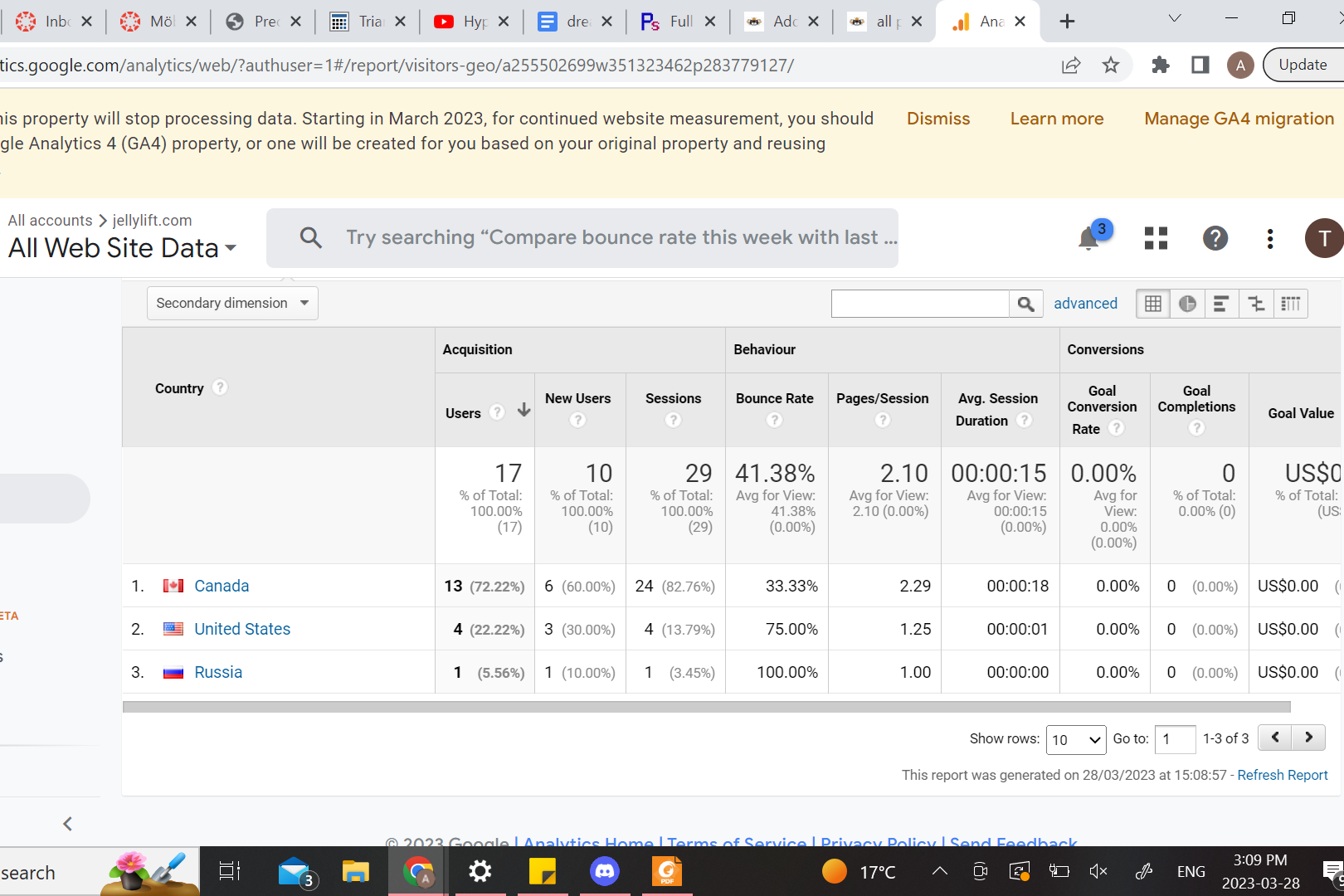Addressing audience growth and a suggestion for a future PUB101 assignment
One of my favourite topics of discussion is publics and audiences, something of which I have addressed in two different process posts – Jellylift Needs A Facelift and Knock Knock… Who’s There?
I loooooooove attention, so thinking and reflecting on how people view me, how to get more people to view me, appealing to certain people in pursuit of some sort of validation… man I just eat that sh*t up!
audience growth
In last week’s tutorial we discussed the difference in use of apps by different generations, with Spotify and Instagram being the most used apps for Gen Z. I thought “huh that’s funny, I wonder what my most used apps are,” and proceeded to check and confirm that they were in fact also Instagram and Spotify. Instagram is my primary means of communication and I probably only spend a total of 3 minutes a day without music playing so I honestly wasn’t surprised at this information.
When I linked this idea to my audience and how my target audience is definitely Gen Z, the discussion of most used apps made me think about how I have previously addressed music and Spotify on jellylift. Such as in my NOISE IN YOUR F**KING EARS!!!!!!!!!!!!!!!!!!! post, where I very briefly debated linking my Spotify to jellylift. I have always liked the idea of using music as a means of connecting with an audience, and enjoy getting new music from people I follow on Instagram. This ranges from people I follow posting songs on their stories, to fitness influencers uploading playlist links to their favourite music to lift to. In terms of audience growth and improving user experience – something Hollingsworth (2018) addresses as a means of implementing SEO to your site – adding Spotify would be a perfect method of recruiting more engagement. Not only would it enhance the quality of my content, but it also helps to grow and expand my audience, giving the user’s a call to action and a way of personally interacting with my site aside from simply reading my posts. It also adds an element of likeability. Because really, what does my blog mean to other people? Why should they stay updated with it? What are they getting out of jellylift?
As I have discussed before, most of my posts and my content is for myself and my own enjoyment, in my own digital garden (Basu, 2020). It’s all my humor, my writing style, my interests, my everything. Why should anything I have to say mean anything to anyone else?

When mapping out jellylift I didn’t really have a plan to reach a certain audience. The whole process felt more like a personal passion project. After looking at my analytics and reflecting on the fact that jellylift is actually reaching people from PUB101 and other sources (like who the f**k in Russia managed to find jellylift?) has started to make me hyper aware of what I post. I started out with the intention of logging my weightlifting progress here, and yet I haven’t posted a single one of my lifts – likely a result of that hyper-awareness of knowing that people are watching.
Knowing people are watching are both what fuels and inhibits my blog.
Trying to expand the marketability of jellylift is an endless whirlwind of questions:
Do I need more lifting content? Should I change the design of my page? There’s not enough pictures is there? I should add more pictures, people like pictures. My site doesn’t fit the typical style of a blog… should I make it more user friendly?
I discuss this more in-depth in my Jellylift Needs A Facelift process post, and how the worries of making jellylift more user friendly could potentially steal from my original objective of keeping jellylift minimal and unique
my brilliant idea for the future of PUB101
To continue with conversation of audience growth, an idea I had at the start of that course that has become increasingly more relevant throughout is collaboration. What better way to grow your audience than recruiting someone else’s? I offered this as feedback for the course, but I figured I would expand here.
A fun idea for a mini-assignment would be to collaborate with a peer who has similar (or entirely opposite) blog content as you, and work together to publish any sort of creative, collaborative post. A fun example of this is a peer’s blog, dripowensonline, who’s most recent process post addresses the release of the DrainPerDoodads. He includes a short interview with his collaborative partner, drainpercapita, and briefly discusses some of his recent creative works.
In fact, dripowensonline and drainpercapita collaborate on a handful of creative projects, all of which can be found on their social media!
@dripowensonline
@drainpercapita
Because of this, now all of dripowensonline’s audience is going to rush over to check out who and what drainpercapita is. The DrainPerCapita Ecosystem is on the upswing!
While drainpercapita is not enrolled in PUB101, I think a concept like this involving the inclusion of a peer’s content in a collaborative context would be an exceptional addition to not only the course, but all of our websites.
Unlike the peer reviews, this assignment would require some sort of interpersonal collaboration, giving the opportunity to PUB students to make connections with each other and meet new people. For example, imagine if I were to collaborate with another student who has interests in weightlifting. We could swap workout programs for a day, then post a review about each other’s routine. This isn’t a perfect example, but gives a general idea of how a collaborative process could work.
It can promote audience growth, user engagement, and best of all… it would be a hell of a lot of fun.